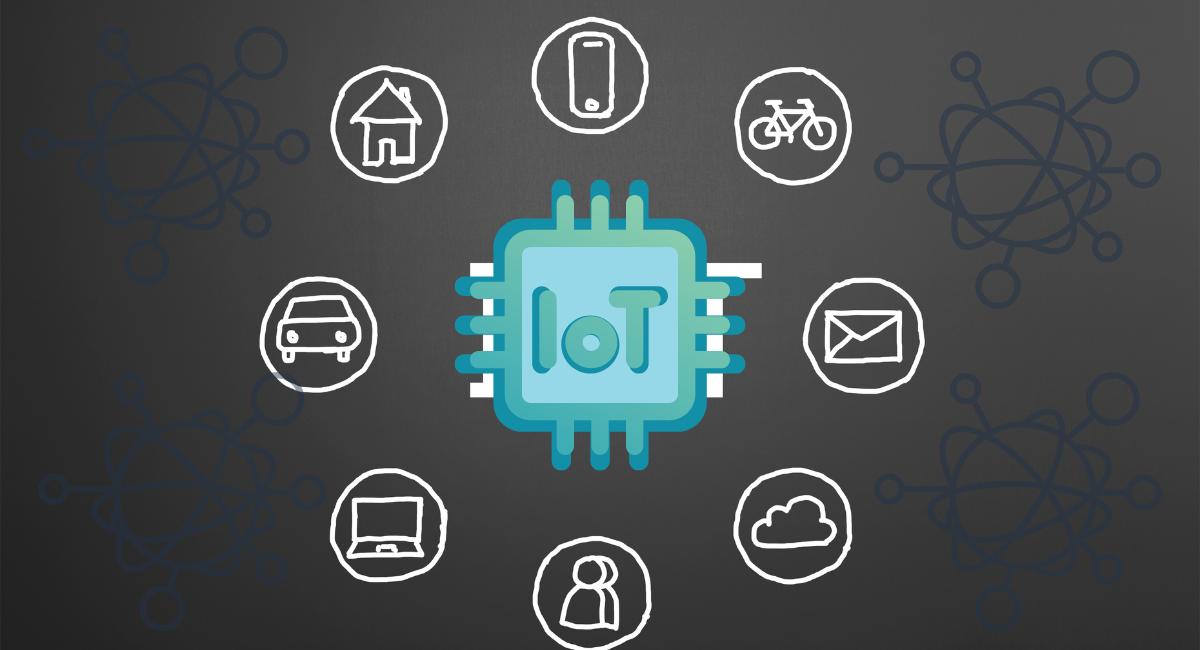Edge Computing’s revolutionary effect on IoT device operation has had far-reaching consequences for the ever-evolving technological landscape. Bringing processing closer to data sources improves efficiency and connectivity, and this unique method is expanding the scope of the Internet of Things. We investigate the unexpected impact that Edge Computing has had on the Internet of Things environment.
The Benefits of Edge Computing for IoT
Edge Computing enhances the current framework of the Internet of Things in numerous ways. Let’s have a look at a few of the most significant advantages:
1. Reduced Latency
The time it takes for data to get from being generated to being processed, known as latency, is a problem for real-time programs. With Edge Computing, data is processed close to its source, reducing reaction times and maximizing reliability.
2. Bandwidth Optimization
Network bandwidth can be strained if large amounts of data must be sent to a small number of central servers. With Edge Computing, only the most useful insights are delivered to the cloud, reducing the amount of data transferred.
3. Enhanced Data Privacy
Data processing at the network’s edge helps keep private data out of the hands of hackers and other bad actors.
4. Reliable Operation in Unstable Networks
Remote or unreliable network access is common for IoT devices. Edge computing allows devices to continue working normally even in situations with spotty internet connection.
5. Real-Time Decision-Making
Edge Computing is very useful for real-time applications like driverless vehicles. The ability to make split-second judgment calls based on analysis of local data improves security and productivity.
6. Scalability and Cost Efficiency
Edge computing’s scalable design stems from its lack of a central processing unit. It’s simple to scale without adding extra expenditures by adding more devices to the network with no noticeable impact on the backend servers.
Enhancing Efficiency and Connectivity in the Internet of Things (IoT) Across Industries
Businesses of all sizes have benefited from edge computing’s impact on the IoT by using it to increase efficiency and delight customers. Let’s look at a few fields where this dynamic team is making strides toward innovation:
Smart Healthcare
Edge computing is having a profound impact on the delivery of healthcare. Smartwatches and fitness trackers are only two examples of wearable health devices that continuously record important metrics. This data can be evaluated locally with Edge Computing, leading to faster medical insights and treatments.
Industrial Automation
Edge Computing is enhancing the intelligence and effectiveness of manufacturing and industrial operations. Factory floors equipped with Internet of Things-enabled sensors monitor equipment efficiency and item quality. Manufacturers can spot problems, plan for repairs, and enhance output by examining this data in real time at the factory’s edge.
Smart Cities
Smarter, more sustainable urban development is impossible without Edge Computing. IoT devices with Edge Computing capabilities allow for the timely and efficient supply of urban services like intelligent traffic control and waste management systems.
Frequently Asked Questions
What industries benefit most from Edge Computing in IoT?
Edge Computing’s real-time data processing and decision-making benefits industries like healthcare, manufacturing, transportation, and smart cities.
Does Edge Computing require a stable internet connection?
Despite intermittent connectivity issues, Edge Computing enables IoT devices to function dependably.
How does Edge Computing contribute to smart healthcare?
By analyzing critical data locally, Edge Computing enables wearable health devices to provide immediate medical insights and treatments.
Can Edge Computing optimize industrial processes?
By performing analysis of sensor data at the edge, Edge Computing improves industrial automation by anticipating the need for maintenance and maximizing output.
Final Words
How devices interact with the digital world is changing as a result of edge computing, which aims to improve IoT connectivity and efficiency. By processing data at the edge of the network, Edge Computing is enabling instantaneous decisions, decreasing latency, and ushering in a new era of streamlined productivity and safety for the Internet of Things. IoT’s future is more promising than ever as industries across continue to adopt this game-changing technology.
